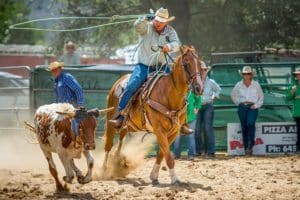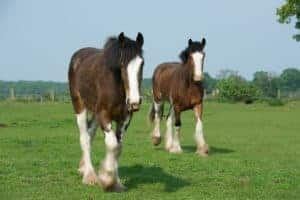Healthy Pastures, Happy Horses
- Posted by Kristen M. Janicki, MS, PAS
Share:

The secret to lush, nutrient-rich fields: preventing overgrazing
Peacefully grazing horses might look innocuous enough, but their mincing hooves and grasping teeth can trample and tear up pasture grasses, causing serious damage. Whether it be a single mellow horse or a rollicking herd, equids graze their favorite delectable plants down to the ground. Known as spot-grazing, this type of behavior can be so intense and extensive that large sections of pasture get completely destroyed by horses grazing it too short and too often over an extended period. This constant attack disrupts grasses’ ability to photosynthesize (convert sunlight to energy for growth) and produce leaves, forcing plants to draw energy stores from their roots. Eventually, the plants become depleted to the point they cannot survive.
Overgrazing, one of the most common threats to pasture and plant health, happens all too often on horse farms. Simply removing 60% or more of a single plant’s leaf area will halt most root growth for several days and, over time, plants become stressed and lose vigor. Let’s take a look at the signs of and solutions to overgrazed pastures.

Written by:
Kristen M. Janicki, MS, PAS
Related Articles
Stay on top of the most recent Horse Health news with














